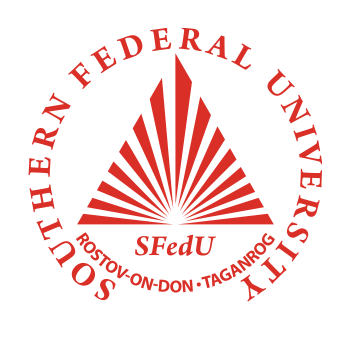(1) Shannon's most important scientific contribution was his work on communication started in 1941 and culminated in his fundamental classic paper "A mathematical theory of communication". Combining mathematical theories with engineering principles he set the stage for the development of a brand-new science in the form of Information theory along with its framework, terminology and basic notions.
(2) After graduation from MIT Shannon started an intensive research activity related mainly to the development of more efficient methods for information transmission. It was at the Bell Telephone Laboratories in 1941 where he was responsible for making long-distance telephone lines more reliable. All these efforts resulted in a serious study of communication problems including error-correcting codes and information entropy.
(3) American mathematician Claude Elwood was born in a small town of Gaylord in 1916. His father was a local judge and mother worked in the local high school. Since his early childhood Shannon was a mathematically talented boy and his interest to maths and engineering was encouraged by his grandfather.
(4) Shannon had a really spacious mind, including interests from absolutely different areas -from music to circus performance. Thus, he could juggle three balls while riding a unicycle. Then he was a proficient clarinet player. And also he liked playing chess.
(5) Shannon started his path towards academic qualification from Michigan University, where he earned his Bachelor's degree in both mathematics and engineering. Then he continued his studies in Massachusetts Institute of Technology, which resulted in Master's degree and Doctorate in mathematics. There Shannon conducted extensive work in the field of information technology, dealing with such notions as information theories, analog computers, symbolic logic and some others.
(6) During his life Shannon had a chance to work together with such outstanding scientists as Norbert Wiener, who is often considered to be the farther of cybernetics and who later described the work in information theories conducted by Shannon and other leading specialists in mathematics. Then while at MIT Shannon was involved in studying the Differential Analyzer, and this work was led by Vannevar Bush, the MIT’s dean of engineering. Besides Shannon cooperated with Alan Turing who was also interested in building “intelligent machines” that could imitate the operations of the human brain.
(7) Shannon's ideas contributed to many different fields of science in which a language is an essential factor, such as linguistics, phonetics, psychology and cryptography. His binary digit became the key element in all communication, and even the Internet originated from his information theories. His theories also became a cornerstone in the developing field of artificial intelligence.
